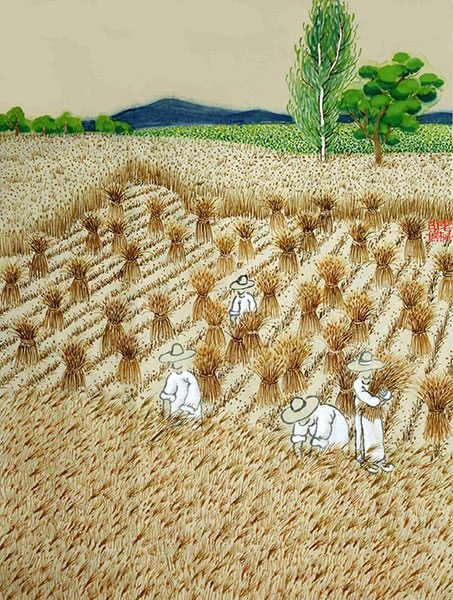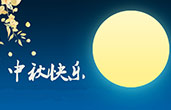Treasured seasons
 |
|
Grain in Ear (mangzhong).[Photo provided to China Daily] |
Surviving historical files show that Lyushi Chunqiu (Master Lyu's Spring and Autumn Annals), an encyclopedic Chinese classic text compiled around 239 BC, first recorded eight terms corresponding to four seasons.
Huai nanzi, a classical essay collection from 139 BC, mentioned 24 terms identical to those of today.
In 104 BC, the Taichu Calendar (the Grand Inception Calendar), China's first official calendar with complete written records, integrated 24 solar terms to reaffirm their status in astronomy, based on which successive dynasties created their own official calendars.
Having been merged into the Gregorian calendar, the system has been passed down for generations to guide agriculture.
Liu Xiaofeng, a history professor at Tsinghua University, says the solar terms predict a general trend of temperature and rainfall and, therefore, were essential for Chinese farmers, who need to make the best use of climatic conditions.
The different periods are marked nationwide with rituals and festivities, although there are variations between regions and ethnic groups.

















